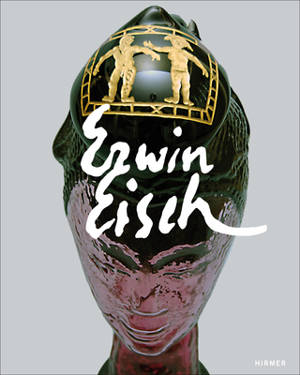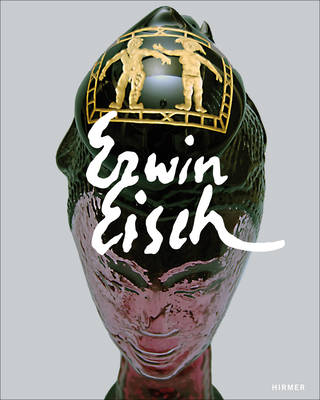
- Afhalen na 1 uur in een winkel met voorraad
- Gratis thuislevering in België vanaf € 30
- Ruim aanbod met 7 miljoen producten
- Afhalen na 1 uur in een winkel met voorraad
- Gratis thuislevering in België vanaf € 30
- Ruim aanbod met 7 miljoen producten
Zoeken
Omschrijving
A pioneer in the international studio glass movement, Erwin Eisch helped establish the medium in Europe with his distinctively distorted glass vessels and imaginative sculptures of mold-blown glass. His works--which also include paintings, drawings, and vitreographic prints--are important as well for the challenge they pose to the distinctions among the art forms, as well as between concreteness and abstraction. With contributions by scholars well-versed in Eisch's body of work, this book provides an introduction to the artist and an in-depth look at his development, from his start within the glassmaker tradition of the Bavarian Forest to the present. Eisch began with functional vessels, including bottles, vases, and steins, often distorting the hot glass to create interesting, imperfect shapes. Incorporating ceramic molds, he also produced painted glass sculptures, including a series of busts that depict Picasso, Buddha, and friend and fellow glass artist Harvey Littleton. Later, Eisch's creative output expanded to include drawings, paintings, and prints. Eisch's works are inspired by reality, but move well beyond it to incorporate vivid elements of imagination and fantasy. In addition to the essays and more than one hundred illustrations of Eisch's work, the book contains selected writings by the artist himself.
Specificaties
Betrokkenen
- Auteur(s):
- Uitgeverij:
Inhoud
- Aantal bladzijden:
- 240
- Taal:
- Engels
Eigenschappen
- Productcode (EAN):
- 9783777451916
- Verschijningsdatum:
- 30/08/2012
- Uitvoering:
- Hardcover
- Formaat:
- Genaaid
- Afmetingen:
- 246 mm x 305 mm
- Gewicht:
- 1610 g

Alleen bij Standaard Boekhandel
+ 138 punten op je klantenkaart van Standaard Boekhandel
Beoordelingen
We publiceren alleen reviews die voldoen aan de voorwaarden voor reviews. Bekijk onze voorwaarden voor reviews.








